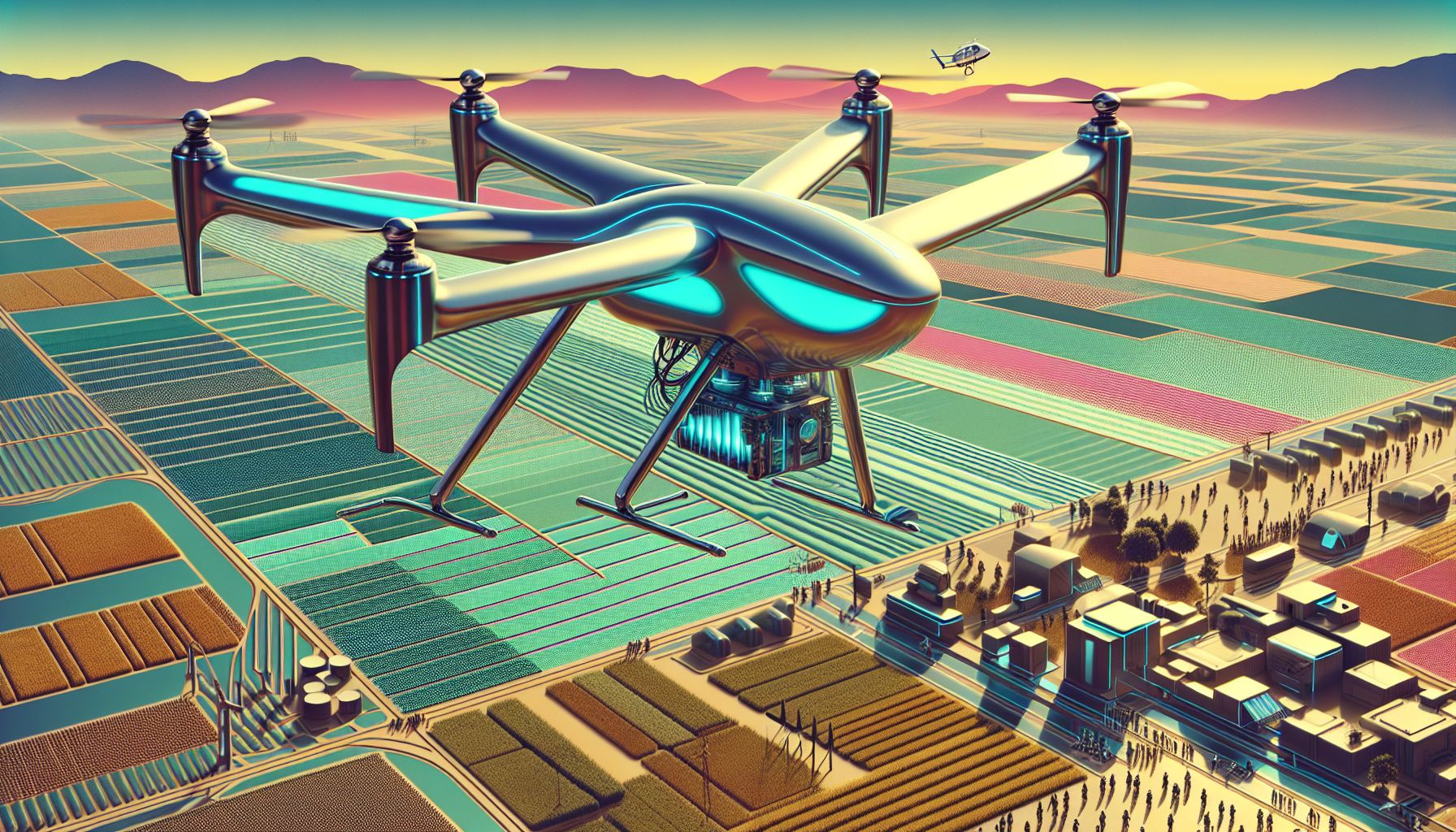Bamboo-Inspired Design Boosts UAV Fuel Cell Efficiency

London, Sunday, 9 November 2025.
Inspired by bamboo, new flow channels in UAV fuel cells boost performance, enhancing endurance. This innovation promises significant efficiency gains in agriculture, spotlighting hydrogen as a clean energy star.
Innovation in Fuel Cell Design
In the quest to enhance the performance of hydrogen-powered unmanned aerial vehicles (UAVs), scientists have turned to nature for inspiration. By mimicking the segmented structure of bamboo, researchers have developed new flow channels for proton exchange membrane fuel cells (PEMFCs). This bio-inspired design has shown a remarkable improvement in energy efficiency and power output, making UAVs more viable for agricultural applications. The breakthrough promises to address previous limitations in energy density and endurance, crucial for large-scale deployment in farming [1].
Performance Gains in Tropical Climates
The bamboo-inspired flow channels are proving especially effective in tropical climates. In Haikou, UAVs equipped with these innovative fuel cells achieved a 16.02% higher peak power density compared to those in Lhasa. This performance boost is attributed to the design’s enhanced multi-physics field transport capabilities, which thrive in the higher relative humidity and temperatures typical of such environments. This improvement is vital for ensuring UAVs can operate efficiently across diverse agricultural landscapes [1].
Economic and Environmental Impact
Adopting these advanced UAVs in agriculture is not just a technological leap but also an economic boon. In Hainan, using fuel cell UAVs for tasks like spraying pesticides on crops such as mango and rubber is projected to cut costs by 190 million yuan annually. This reduction in expenditure underscores the potential for fuel cell technology to drive sustainable farming practices while simultaneously lowering operational costs. Furthermore, hydrogen-powered UAVs contribute to reducing greenhouse gas emissions, aligning with global sustainability goals [1].
Future Prospects for Hydrogen in UAVs
With the spotlight on hydrogen as a clean energy source, the advancements in UAV fuel cells open new horizons for sustainable aviation. The ongoing research and development efforts aim to refine these technologies further, potentially extending their application beyond agriculture to areas like surveillance and cargo transport. As the world shifts towards greener alternatives, the integration of hydrogen fuel cells in UAVs represents a significant step forward in achieving zero-emission aviation [1].